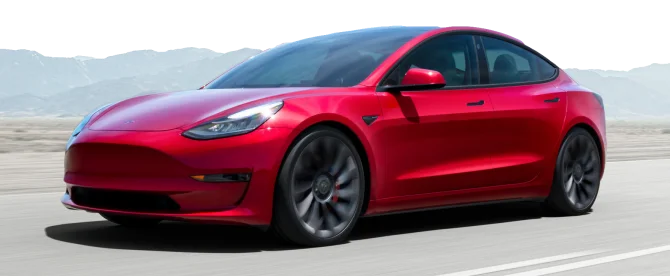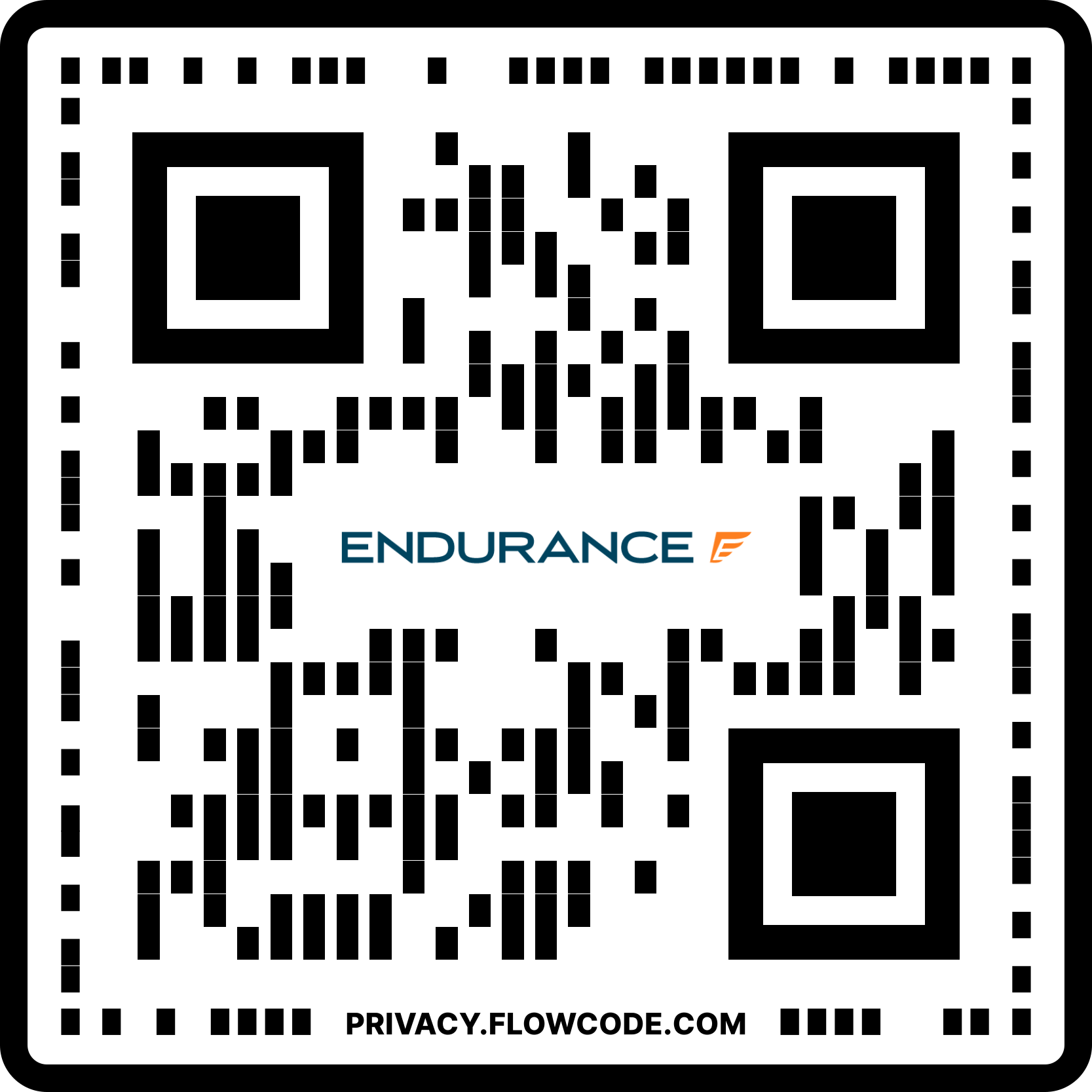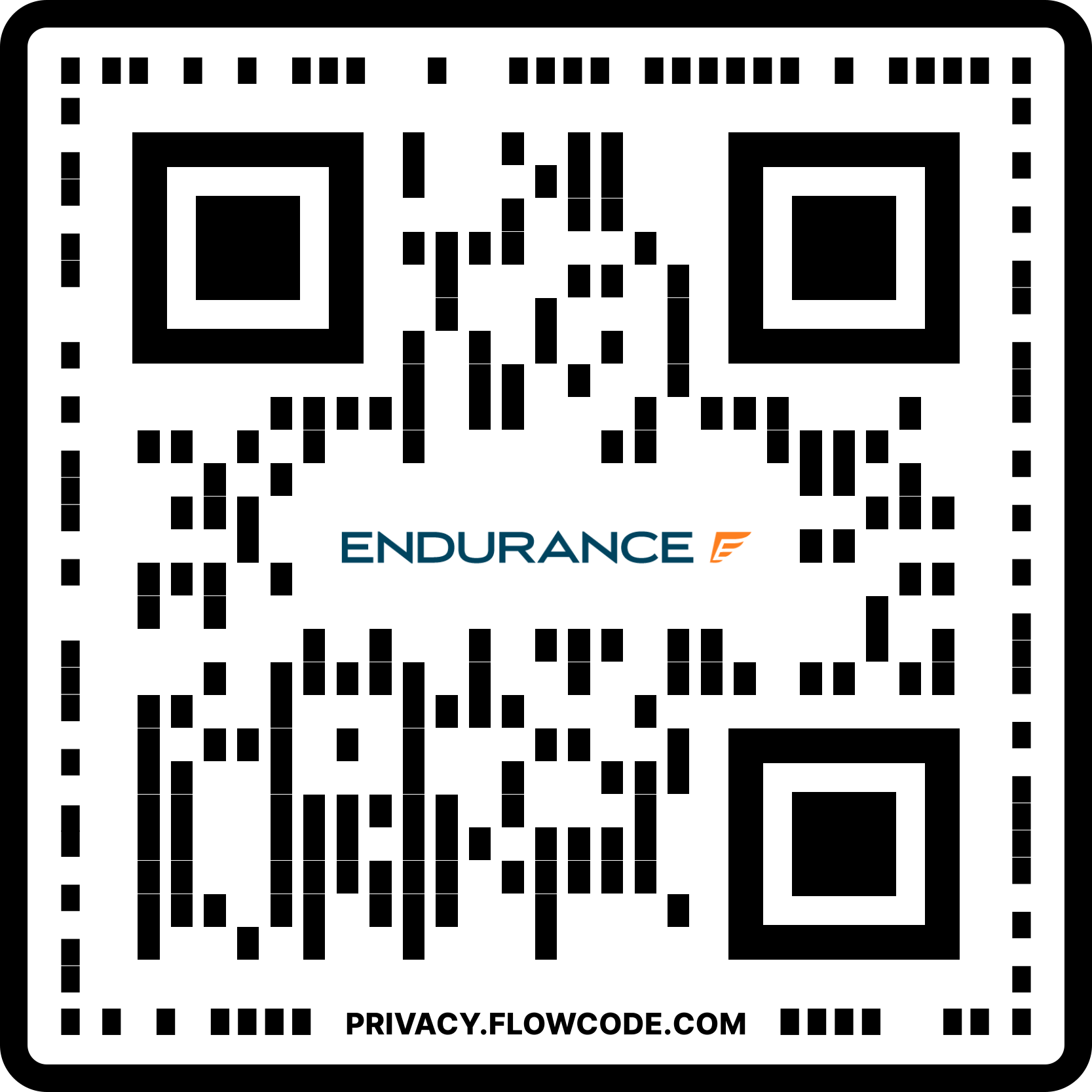Is a Vehicle Protection Plan Worth It in 2025? Key Benefits and Insights

Cars became more complex in the 1970s and 1980s as automakers introduced computers to better control emissions and engine operations. This trend has only increased as vehicle technology has grown more sophisticated. Today’s cars host dozens of computers and millions of lines of computer code to manage safety gear, advanced driving assistance features, infotainment systems, and state-of-the-art powertrains. Add the effects of inflation and a tight supply of mechanics, and the only place for car repair costs to go is up.
According to the U.S. Federal Reserve, the average price consumers pay for car repairs has increased by 274% since 1995. That compares to an overall increase in the Consumer Price Index of 104% during the same period.
In 2025, this translates into car owners spending unprecedented amounts to keep their vehicles on the road. From routine maintenance to unexpected repairs, a visit to the shop is getting increasingly expensive. Even owners of newer cars are impacted as work like oil changes and brake pad replacements aren’t getting cheaper.
As a result, an extended car warranty (also called a vehicle service contract or auto protection plan) is becoming a valuable hedge against the uncertain cost of vehicle ownership. The arrival of 2025 underscores the importance of this protection as savvy consumers are searching for ways to keep more money in their wallets over the coming year. With this in mind, we’ve compiled a comprehensive guide that explores vehicle protection plans along with their benefits, coverage options, and key considerations.
What Is a Vehicle Protection Plan?
Before diving into the details of a vehicle protection plan, it’s essential to understand the fundamentals. At its core, an extended warranty is a comprehensive safety net for car owners following a mechanical failure. Unlike the limited period offered by a manufacturer’s new car warranty, a vehicle protection plan extends many years. This coverage is especially valuable after a new car warranty has expired (when breakdowns are more likely to occur) or for used cars without any safeguards at all.
Knowing that an extended warranty is a contract between the vehicle owner and the provider is helpful. This agreement specifies what is and isn’t covered and outlines the responsibilities of both parties, which we’ll expand on later. When car trouble arises, the protection plan kicks in for covered repairs. Better warranty providers handle the payment process directly with the repair facility, requiring the vehicle owner to only pay any preset deductible and for work performed outside the contract.
Protection plans differ from original new car warranties in several significant ways:
Scope of Coverage
Original manufacturer warranties focus on material and workmanship defects for a short and specific period, typically three to five years or 36,000 to 60,000 miles, whichever comes first. In contrast, an extended warranty extends well beyond these limitations. For instance, Endurance Warranties plans cover vehicles up to 20 years old, and there are options for cars that have 150,000 miles or more.
Flexibility
A warranty claim made through an automaker requires a trip to an authorized dealer; there are no exceptions. On the other hand, a car owner with extended warranty coverage usually has other options. Endurance plan holders can choose any licensed repair facility for covered repairs. Best of all, this perk includes dealership service departments and specialty repair shops. This flexibility gives owners more convenient options, especially while traveling or if car dealership access is less preferred.
Customization
New car warranties take a one-size-fits-all approach to coverage. This protection can’t be adapted for modified vehicles and other special uses. Meanwhile, some car warranty companies, including Endurance, provide options for vehicles with aftermarket wheels, lifted suspensions, and other upgrades — enhancements that might void factory coverage. Endurance takes customization one step further by offering different deductibles, flexible payment terms, and specific component coverage.
Reputation
Company reputation plays a significant role in the quality of any warranty. While an established automaker backs a new car warranty, you’re still at the dealer’s mercy to provide service. Your only option is to select another dealer from the same brand, which may not be convenient. An extended warranty allows you to choose any licensed repair facility for covered repairs. Don’t like that shop? Then, you’re free to move on elsewhere.
In addition, Endurance instills confidence thanks to a reputation for excellence. Since its founding almost twenty years ago, Endurance has paid hundreds of millions in claims. In addition, the company’s customer service team has received numerous awards, including, most recently, 2024 Globee Award. Thousands of positive reviews on Google, TrustPilot, and Consumer Affairs also emphasize that Endurance stands behind its warranty services.
Cost Savings with a Vehicle Protection Plan
As mentioned, car repair costs in 2025 are reaching new heights. Much of this is due to specialized parts and interconnected systems. To put these prices in perspective, we’ve compiled the replacement costs for various components according to RepairPal and Kelley Blue Book. Keep in mind these are typical costs; working on a luxury or specialized vehicle will likely cost more.
Major Systems
- Engine: $6,861–$7,357
- Transmission: $5,193–$9,143
Mechanical Systems
- Control Arm (Suspension): $677–$758
- Rack and Pinion (Steering): $1,846–$2,176
- Brake Caliper: $491–$830
- Fuel Pump: $1,148–$1,336
- Turbocharger Assembly: $2,102–$2,474
- Air Conditioner Compressor: $1,555 – $1,993
Electronic Components
- Engine Control Module: $1,030–$1,102
- ABS Module: $1,025–$1,579
With an extended warranty, all or part of these costs could be covered (depending on the coverage and situation). This more predictable approach to car repair expenses helps with budgeting and improves financial stability. The value of a protection plan becomes even more apparent when considering:
Long-Term Savings Potential
While an extended warranty requires an upfront investment or ongoing premiums, the coverage can quickly pay for itself in the event of a significant covered repair. As highlighted above, the cost of an engine or transmission can be eye-watering. The same applies if the work involves a mechanical system or electronic component.
Inflation Protection
Rising repair costs are an ongoing issue for car owners, but a fixed-cost extended warranty locks in price protection. From a car owner’s perspective, it doesn’t matter how much a shop charges for a covered repair; the plan picks up the tab.
Maintenance Support
Maintenance is an unavoidable responsibility of proper car ownership, but this burden can be eased by choosing an extended warranty with maintenance support. For instance, the Endurance Advantage plan covers up to $3,500 in services like oil changes, tire rotations, and alignment checks. This program minimizes out-of-pocket expenses and helps maintain your car’s value.
Budgeting
Protection plans convert unpredictable repair expenses into manageable monthly payments, making budgeting for vehicle ownership costs easier. This predictability is particularly valuable for car owners who are less comfortable with sudden financial burdens.
Convenience and Stress Reduction for Drivers
 Beyond financial benefits, extended warranties offer the convenience of an uncomplicated repair process. This approach eliminates the guesswork of where to go and what needs to be done, resulting in less stress in a situation that already has its share of anxiety and worry.
Beyond financial benefits, extended warranties offer the convenience of an uncomplicated repair process. This approach eliminates the guesswork of where to go and what needs to be done, resulting in less stress in a situation that already has its share of anxiety and worry.
Endurance plan holders experience a straightforward, five-step process for covered repairs:
Vehicle Issue Detection:
- The owner notices a problem with their vehicle and contacts Endurance (phone, app, or email) to begin the claims process.
- Endurance provides guidance on the next steps and can identify an approved repair facility through the RepairPal-certified network if needed.
Diagnostic Process:
- The vehicle is taken to a licensed repair facility.
- A comprehensive diagnostic assessment is performed
- The findings are submitted to Endurance
Approval and Authorization:
- Endurance reviews the diagnosis and repair recommendations.
- Coverage is verified under the plan terms.
- Simple repairs fall under a streamlined claims process; more elaborate may require an onsite evaluation.
- As applicable, Endurance issues a repair authorization to the repair shop.
- Any deductible is confirmed with the vehicle owner.
Repair Progress:
- The facility performs the authorized repairs using approved parts.
- Endurance monitors the progress of the repair, ensuring working quality.
- The owner is kept informed of the claims process throughout the repair.
Payment Processing and Repair Completion:
- Endurance handles direct payment to the repair facility.
- The owner only pays their deductible, if applicable, for covered repairs.
- The owner picks up the car once repairs are completed.
- Work performed through the RepairPal network is warranted for at least 12 months or 12,000 miles.
On top of an uncomplicated claims and repair process, Endurance customers benefit from numerous perks:
- 24/7 roadside assistance (including towing, fuel delivery, jump starts, tire changes, and lockout assistance)
- Rental car reimbursement
- Trip interruption protection
- One year of Elite Benefits (with activation fee) for tire repairs/replacements, key fob replacement, collision repair discounts, and total loss protection (total value up to $2,000)
Key Coverage Options in Modern Vehicle Protection Plans
In 2025, car owners expect extended warranty coverage designed for their unique needs. Endurance responds with comprehensive options ranging from essential powertrain protection to programs similar to a new car bumper-to-bumper warranty. Owners can choose from stated component coverage that specifies what components are protected or exclusionary coverage that safeguards most parts (except what’s detailed in the contract).
Here are the highlights of Endurance’s auto protection plans:
Endurance Stated Component Plans
- Secure: Affordable powertrain protection that covers core systems like the engine, transmission, and drive axles.
- Secure Plus: Coverage that goes beyond the powertrain with safeguards for major components such as the brakes, air conditioning, steering, and core electrical system
- Superior: Endurance’s high level of stated component protection with expanded coverage for the electrical, cooling, and fuel systems, as well as the suspension.
- Select Premier: A wallet-friendly program for high-mileage cars (up to 150,00 miles) that covers the powertrain, electrical system, air conditioning, cooling system, fuel system, and premium electric parts (like power window motors or electronic door lock actuators).
- Advantage: A unique plan that combines stated component coverage with up to $3,500 in maintenance support.
Endurance Exclusionary Plans
- Supreme: This comprehensive program safeguards most vehicle components except for contract-defined exclusions. It offers protection most similar to the manufacturer warranty that accompanies a new car.
- Supreme for Highline: The innovative plan brings the benefits of exclusionary protection to select luxury models.
Beyond these core programs, Endurance offers numerous customization options that can further tailor coverage:
- Options for commercial-use and high-mileage vehicles
- Upgrades for modified cars (like those with custom wheels or a raised suspension)
- Expanded electronics coverage
- Choice of deductibles ($0, $100, or $200)
- No mileage restrictions
- Flexible payment terms
Who Benefits Most from a Vehicle Protection Plan?
While vehicle protection plans can benefit many car owners, certain groups are especially suited to the advantages of an extended warranty.
Used Vehicle Owners/Buyers
Previously owned cars come with their own set of unique challenges that make extended warranty coverage especially valuable:
- Limited or no remaining factory warranty
- Unknown vehicle maintenance history
- Uncertain reliability
- Greater likelihood of wear-related issues
- Increased risk of repairs
High-Mileage Vehicle Drivers
From long-distance commuters to interstate travelers, those with significant behind-the-wheel time can take advantage of extended warranty plans for:
- Comprehensive breakdown protection options
- Nationwide repair coverage
- 24/7 roadside assistance
- Predictable repair costs
- Available maintenance support
Luxury Vehicle Owners
Higher-value vehicles add more uncertainty to the ownership experience due to more complex systems, higher component prices, and increased repair labor costs. A protection plan:
- Covers numerous advanced systems
- Provides access to qualified technicians (including dealer-based staff)
- Manages repair costs
- Maintains vehicle value
Budget-Conscious Drivers
An extended warranty helps cost-focused car owners by providing:
- More predictable car ownership costs
- Protection against major repairs
- Maintenance coverage options
- Inflation protection
- 24/7 roadside assistance
Gig and Commercial Drivers
The rigors of rideshare and delivery work on a vehicle can be supported with a protection plan that offers:
- Unlimited mileage or high-mileage allowances
- Commercial-use coverage
- Available maintenance services
Factors to Consider Before Purchasing a Vehicle Protection Plan
Deciding on an extended warranty often comes down to your vehicle. A careful evaluation of its age, condition, and repair history can help with the purchase process and make the type of coverage easier to determine. Regardless if you drive a Chevrolet, Ford, Honda, Toyota, or other brand, it’s worth learning about your car’s dependability.
Here’s a breakdown of what to consider, specifically in regard to a vehicle’s age and mileage:
- Current vehicle age impacts coverage options and cost
- Mileage affects anticipated component wear
- Driving patterns determine coverage needs
- Service history influences future risks
- Remaining factory warranty coverage (if applicable)
Remember that an older car usually faces a greater likelihood of repairs. Every mile adds to the vehicle’s wear and tear. However, some automobiles are more prone to problems than others. So, assessing potential vulnerabilities and known problem areas can help target the best extended warranty coverage. For instance, a car that shows a generally good reliability rating except for the transmission may only need powertrain protection. In contrast, a vehicle with multiple trouble spots across multiple systems may be best served with an exclusionary plan like Endurance Supreme.
Make and model history can be assessed by reviewing records from the National Highway Traffic Safety Administration (NHTSA), Carcomplaints.com, and model-specific user forums. You’ll want to examine:
- Documented reliability issues for a specific model
- Common repairs and costs
- Manufacturer service bulletins and recalls
- Specialized repair requirements.
Getting Protected in 2025 with Endurance
With 2025 well underway, now’s the time to learn about the peace of mind that comes from an Endurance auto protection plan. Request a FREE quote or visit the Endurance online store for instant plan and pricing information. Personalized assistance is available by calling a plan advisor at (800) 253-8203.
Also, check out the Endurance blog for articles on helpful topics like vehicle maintenance, DIY tips, warranty insights, FAQs, and more.













Dave is an automotive journalist combining a deep passion for cars, hands-on mechanical experience, and dealership insight. His writing primarily focuses on consumer auto advice and enthusiast pieces. A regular contributor to SlashGear.com and other leading automotive platforms, Dave earned his BA in Journalism from The George Washington University.